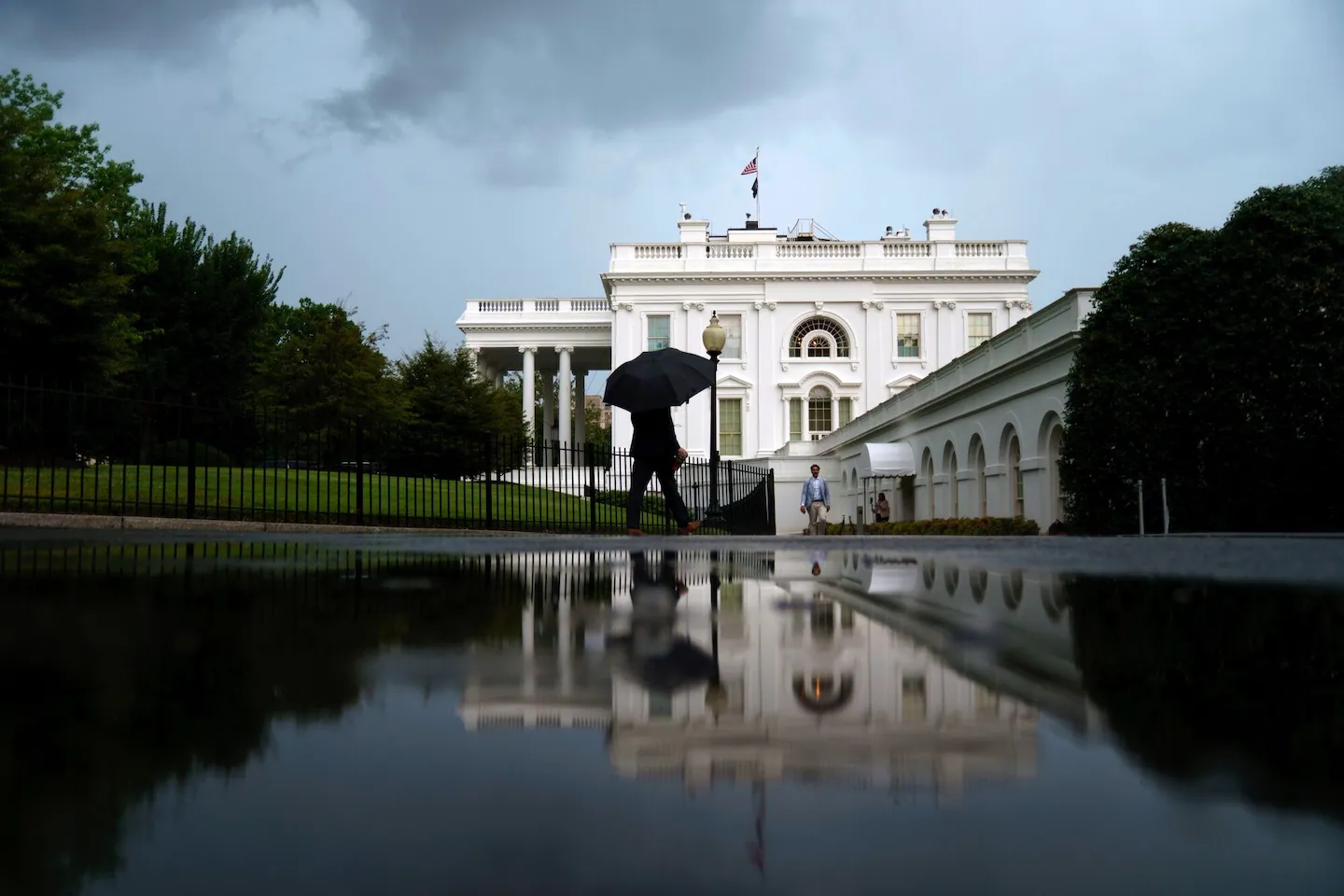
As the deadline nears, most of the communications from Republicans and Democrats are more focused on convincing Americans the other side is to blame for a shutdown, arguing the other is unreasonable, than coming to the table.
Democrats have argued that since Republicans need their votes to meet the 60-vote threshold to advance legislation in the Senate, they should negotiate with Democrats to include some of the left’s priorities in any funding deal. Chief among their demands is an extension of expiring Affordable Care Act health care subsidies, but they also have called on Republicans to roll back swaths of the bill they passed over the summer cutting spending on Medicaid and other benefits.
Republicans have already voted to extend current funding levels until Nov. 21 to allow time for more negotiations and have said Democrats are making unreasonable demands in rejecting that proposal, known as a continuing resolution.
The White House over the weekend agreed to hold a meeting with Democratic and Republican congressional leaders on Monday.
Yet, House Speaker Mike Johnson has already dismissed the House at least until Wednesday, in an effort to pressure Senate Democrats to accept the stopgap funding that the House passed last week.
But Democrats, particularly Senate majority leader Chuck Schumer of New York, faced considerable backlash from their base when they agreed to a Republican funding resolution in March without extracting any concessions. This time Democrats are giving every indication they intend to hold firm.
“God forbid the Republicans shut the government down, the American people will know it’s on their back,” Schumer said Sunday on “Meet the Press,” saying much will depend on whether the upcoming meeting is “a serious negotiation.”
Not only do the competing blame games signal a stalemate, but it remains unclear how long a shutdown would last until the parties decide to negotiate a way out or one gives up.
“There’s a proverb about, don’t enter into a war that you don’t have an idea how to get out of it, and if we do go into a shutdown, I don’t know how we get out of it,” said Max Stier, president of the Partnership for Public Service, a good governance group that also advocates for civil servants. “I think the risks here are very large that if they do shut down, that this could be a long time.”
Short shutdowns are often partial and not widely impactful. But the longer they go, the more issues can mount, including in New England.
There were roughly 60,000 federal employees in New England in 2024, the last time data was available, though it’s unclear how many have been affected by layoffs and buyouts this year. Under a shutdown, federal workers who are paid by congressional appropriations are either deemed essential or furloughed, but neither category are paid until the government reopens. It would likely take a few weeks for missed paychecks to start to be an issue, however, based on the federal payroll calendar.
Long shutdowns can strain local families. As the 2018 shutdown stretched into 2019, a food pantry opened on the Coast Guard base in Boston to support the unpaid workers.
A similar cascading impact could happen with federal benefits. While Social Security and Medicaid and Medicare will continue to be paid, other programs could be affected. Food stamp benefits are likely to be paid in October, though federal administrators have yet to assure states that’s the case, but a lengthy shutdown could imperil November benefits.
There are limited contingencies for the Special Supplemental Nutrition Program for Women, Infants, and Children, known as WIC, a program that helps support low-income pregnant or breastfeeding women and young children. In past shutdowns, those reserve funds were projected to only last days, and New England is home to more than 200,000 WIC recipients.
Victoria Negus, who works on food benefits for the Massachusetts Law Reform Institute, a nonprofit that advocates for low-income people, said she’s never seen an approaching shutdown with this level of uncertainty days from the deadline.
“There’s just a lot of question marks and uncharted territory here,” Negus said. “This isn’t rocket science. Including in the past Trump administration, there was a shutdown and there were really clear plans with states to make sure that people could put food in the table, and we don’t see that this time. We see nothing.”
Head Start programs in the state should continue to have funds in October, according to the Massachusetts Head Start Association. But six programs in the state are due for next year’s grants on Nov. 1, and an extended shutdown could threaten those funds.
The economic impacts grow over time. Past shutdowns have disrupted scientific research and have halted permitting for infrastructure projects. A shutdown could halt or delay small business loans and government contracts.
The Congressional Budget Office estimated that in the five-week 2018-2019 partial shutdown, $3 billion was lost forever.
The administration has a lot of leeway in determining what constitutes essential services “involving the safety of human life or the protection of property.” Under the leadership of the Office of Management and Budget, each agency develops contingency plans for shutdown that spells out what will remain open and what will close, though by Sunday, many agencies still only had plans from 2024 available.
For example, in some shutdowns, National Parks have closed, in others they have stayed open but without staff, causing trash to pile up.
Trump’s budget director, Russell Vought, has indicated he intends to use that latitude to continue his mission to slash the size of government. He issued a memo Wednesday telling federal agencies to prepare for mass layoffs in the event of a shutdown. The memo, first obtained by Politico, tells agencies they may continue operations funded under Republicans’ party-line One Big Beautiful Bill, which funded defense and immigration enforcement. But for other programs that are not funded and not presidential priorities, Vought said agencies could consider mass firings.
Stier said the broad authority to decide what counts as safety or protecting property is particularly concerning with the other actions this administration has already taken, like mass firings, including of the people experienced at managing shutdowns.
“They have done lots of things without even close to the fig leaf of legal authority that this gives them,” Stier said. “They’ll drive a truck through a mouse hole, so this is dangerous stuff.”
The threat, however, has yet to deter Democrats, who have said Vought is already firing employees and will have to backtrack after legal action and public outcry.
“It’s really just to create more chaos and a charade,” Connecticut Representative Rosa DeLauro, the top Democrat on the House Appropriations Committee, said of the threat. “We’ll deal with it legally and the outcry and they’ll have to bring people back. … Their goal is to dismantle the services and the resources that the federal government supplies to the American people.”



